The Best Guide to Know Oil and Gas Drilling: Importance, Process, and Technical Innovation
Oil and gas drilling, also known as hydrocarbon exploration and production, is a critical component of the worldwide energy economy. It entails extracting lucrative hydrocarbon resources from under the Earth’s surface in order to meet the world’s increasing energy demands. In this article, we will delve into the intriguing world of oil and gas drilling, investigating its methods, technologies, and challenges, as well as its critical role in powering our contemporary world.
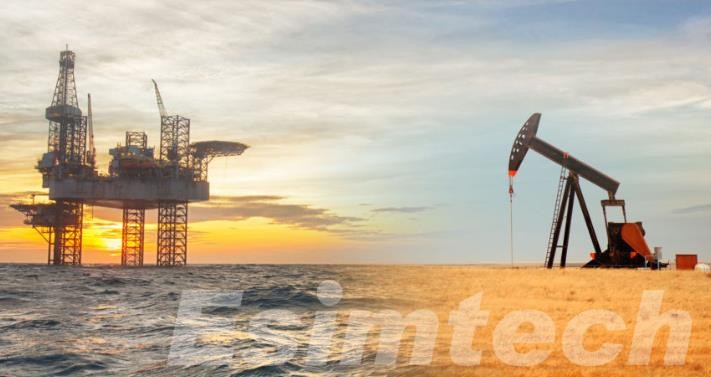
The Importance of Oil and Gas Drilling
Oil and gas drilling is critical to both the global economy and modern culture. This business serves a variety of functions that go far beyond simply supplying the energy we use every day.
1. Energy Production
Oil and natural gas are two of the most abundant and adaptable energy sources on the planet. They are used to produce electricity, heat homes, power vehicles, and fuel industrial processes. Without these hydrocarbons, our ability to meet the world’s energy demands would be severely compromised.
2. Economic Driver
The oil and gas industry contributes significantly to the global economy. It generates enormous cash, creates jobs, and encourages economic growth in areas with major hydrocarbon deposits. The enormous supply chain of the sector, which includes exploration, drilling, processing, and distribution, supports a diverse range of employment and enterprises.
3. Infrastructure Development
Drilling for oil and gas demands the development of considerable infrastructure, such as drilling rigs, pipelines, refineries, and distribution networks. These infrastructures not only serve the business, but they also have a knock-on impact, promoting growth in the areas where they are developed.
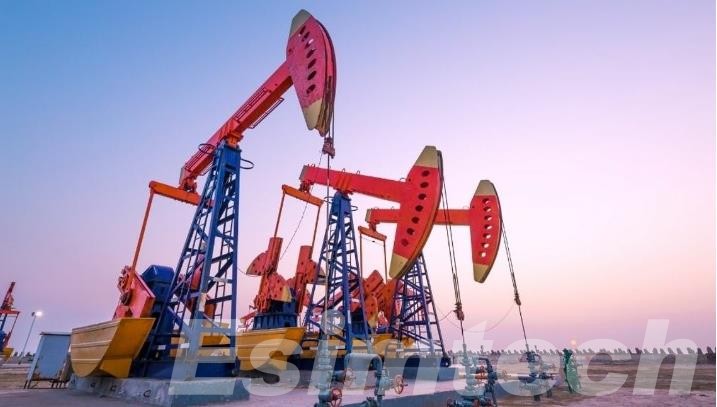
4. Global Trade
The oil and gas industry is vital to international trade. Many countries rely on hydrocarbon exports and imports to meet their energy demands and boost economic growth. This global interdependence has far-reaching geopolitical implications.
5. Government Revenue
Oil and gas drilling activities generate substantial government revenue through taxes, royalties, and licensing fees. These funds support public services and infrastructure projects, benefiting communities and societies at large.
6. Energy Security
Access to domestic oil and gas reserves enhances a nation’s energy security by reducing dependence on foreign energy sources. This security can be crucial during times of geopolitical instability or supply disruptions.
7. Chemical Industry
The petrochemical sector relies heavily on oil and gas as feedstocks for the production of various products, including plastics, chemicals, fertilizers, and pharmaceuticals. These industries are vital components of the global economy.
8. Transportation
Oil and gas are essential components of transportation, powering automobiles, trucks, ships, and airplanes. They give the mobility that propels global commerce, trade, and tourism.
9. Resource Exploration
Drilling for oil and gas is critical to the discovery of new hydrocarbon deposits. Exploration initiatives are critical for guaranteeing a stable and sustainable energy supply in the future as existing sources are depleted.
10. Balancing Energy Mix
While the world is shifting toward cleaner, renewable energy sources, oil and gas will continue to play an important role in supplying baseload power and backup during intermittent renewable energy generation. They contribute to a reliable energy supply at times of heavy demand.
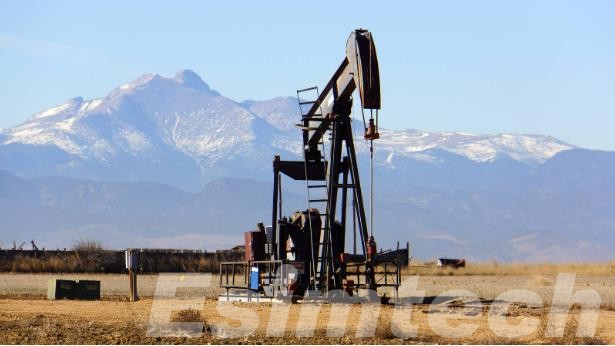
The Process of Oil and Gas Drilling
Oil and gas drilling is a complex and multi-stage process. It can be broadly categorized into the following phases:
1. Exploration
Geological surveys and seismic research are used to locate prospective hydrocarbon-bearing formations. If promising locations are found, exploratory drilling, known as “wildcat drilling,” is conducted to confirm the presence of hydrocarbons.
2. Well Planning
Once a prospective site is identified, detailed well planning takes place. Engineers and geologists design the well, taking into account factors such as depth, geology, and potential drilling challenges.
3. Drilling
The drilling rig, a massive piece of machinery, is mobilized to the site. Drilling typically involves rotary drilling, where a drill bit attached to the drill string penetrates the Earth’s crust. Drilling mud, a special fluid, is used to cool the drill bit and carry rock cuttings to the surface.
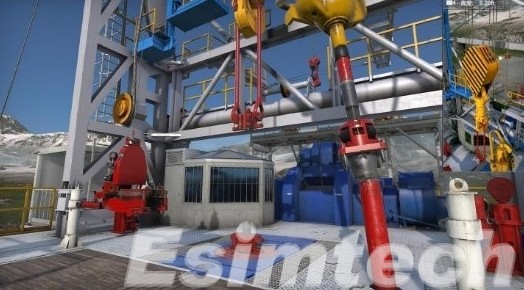
4. Casing and Cementing
Steel casing pipes are put into the wellbore to help it stabilize and prevent collapse. The cement is then pushed into the space between the casing and the rock to form a barrier and prevent hydrocarbon migration.
5. Completion
Completion includes installing equipment like wellheads, production tubing, and control systems to allow hydrocarbon extraction from the reservoir.
6. Production
After completion, the well is put into production. Hydrocarbons flow from the reservoir through the wellbore to the surface, where they are processed, refined, and distributed for various uses.
Challenges and Innovations in Oil and Gas Drilling
The oil and gas industry has always been on the cutting edge of technological innovation and engineering prowess. However, it also faces a number of obstacles that necessitate innovative solutions and continued progress.
1. Deepwater Exploration
Challenge: Deepwater hydrocarbon reserves present enormous technical and operational obstacles, including severe pressures and temperatures, complex geology, and the requirement for subsea infrastructure.
Innovation: The development of advanced drilling technologies, such as dynamically positioned drillships and remotely operated vehicles (ROVs), has enabled drilling in deepwater regions. Subsea production systems and flexible risers have also been crucial innovations in this context.
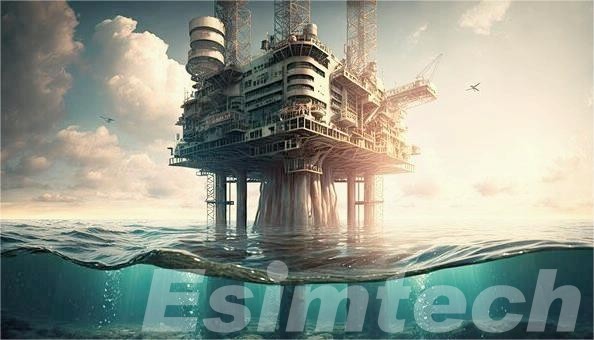
2. Unconventional Reservoirs
Challenge: Unconventional reservoirs like shale oil and gas require specialized drilling techniques, such as hydraulic fracturing (fracking), to access hydrocarbons that were previously uneconomical to extract.
Innovation: Innovations in fracking technologies, including horizontal drilling and proppant materials, have unlocked vast unconventional reserves. These innovations have reshaped the global energy landscape.
3. Environmental Concerns
Challenge: The environmental impact of drilling operations, including habitat disruption, water contamination, and greenhouse gas emissions, has raised significant concerns and regulatory challenges.
Innovation: The industry has responded with innovations such as closed-loop drilling systems that reduce the risk of fluid and gas emissions. Additionally, advancements in monitoring and control technologies help minimize environmental impacts.
4. Safety and Well Control
Challenge: It is critical to ensure the safety of drilling operations, particularly in offshore areas. Blowouts and accidents involving well control can be disastrous.
Innovation: Advanced blowout preventers (BOPs), real-time monitoring systems, and enhanced well control procedures are examples of safety advances. These advances improve operational safety and reduce the likelihood of catastrophic incidents.

The drilling and well control simulation system simulates numerous operating circumstances and parameters such as pressure, torque, drilling rate, and displacement, among others, using mathematical models. It can set drilling parameters such well bore configuration, formation, and equipment characteristics flexibly, making training more flexible and focused. The technology can be used to instruct staff on safety procedures and practices, lowering the likelihood of accidents and injuries during drilling operations.
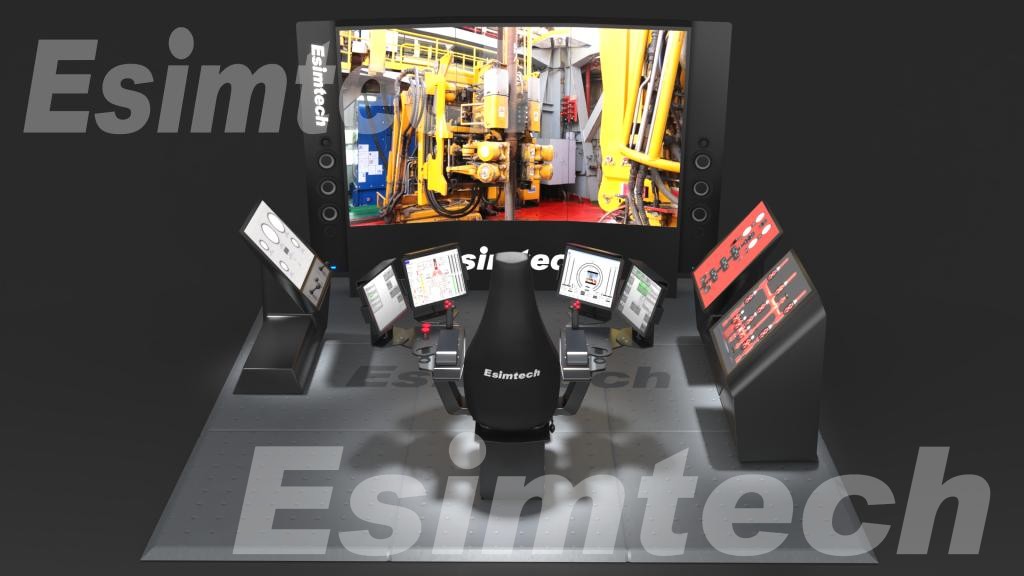
5. Efficiency and Cost Control
Challenge: During times of market turbulence, the industry is under pressure to cut costs and increase operational efficiency.
Innovation: Automation, data analytics, and digital technology have all played important roles in improving drilling operations, including robotics, machine learning, predictive, and oil and gas simulation technology.
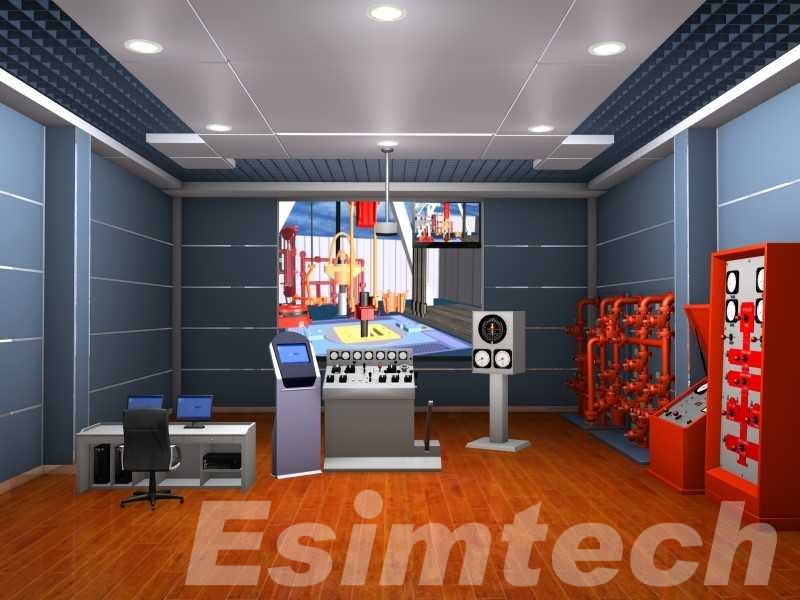
6. Energy Transition
Challenge: The global shift towards cleaner and renewable energy sources poses a long-term challenge to the oil and gas industry as it seeks to balance demand with environmental responsibility.
Innovation: The industry is exploring innovations like carbon capture and storage (CCS), hydrogen production, and renewable energy investments to diversify its portfolio and reduce its carbon footprint.
7. Exploration in Extreme Conditions
Challenge: The search for new reserves often takes place in remote and extreme environments, such as the Arctic or ultra-deep waters.
Innovation: Specialized equipment and technologies, like ice-resistant drilling platforms and arctic-class drillships, have been developed to facilitate exploration in these challenging conditions.
8. Sustainable Practices
Challenge: The industry is under increasing pressure to implement sustainable practices, cut greenhouse gas emissions, and limit environmental effects.
Innovation: Biofuels, offshore wind, and geothermal energy are among the low-carbon and alternative energy strategies being pursued by the sector. It is also implementing environmentally friendly methods such as zero-flaring and reduced freshwater consumption.
Conclusion
Oil and gas drilling continues to be an important activity in providing the world’s energy demands. The oil and gas industry continues to adapt as the globe shifts to cleaner energy sources, investing in research and innovation to increase efficiency, safety, and environmental sustainability. Understanding the difficulties of drilling operations gives light on the energy sector’s complexities and importance in powering our modern society.
